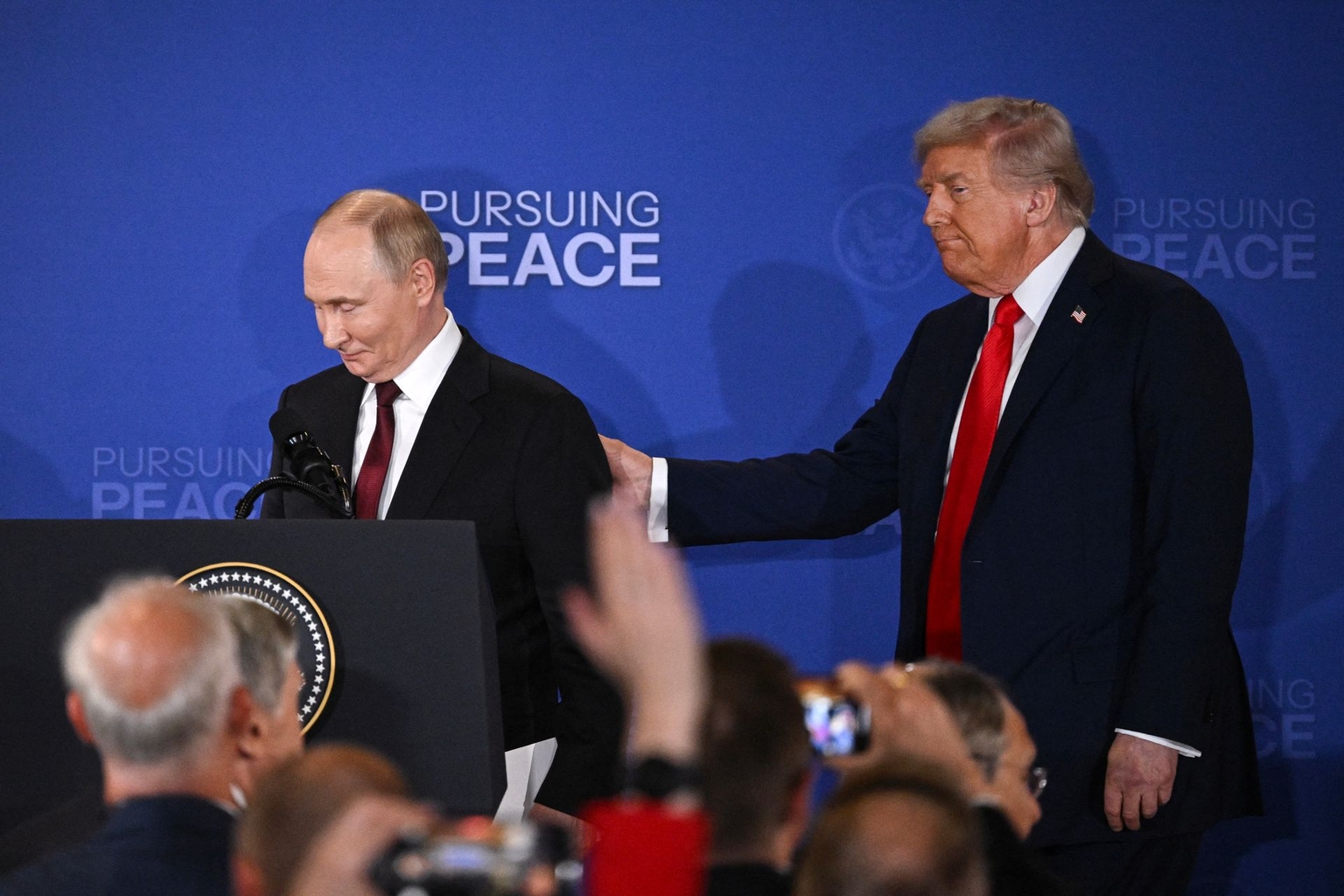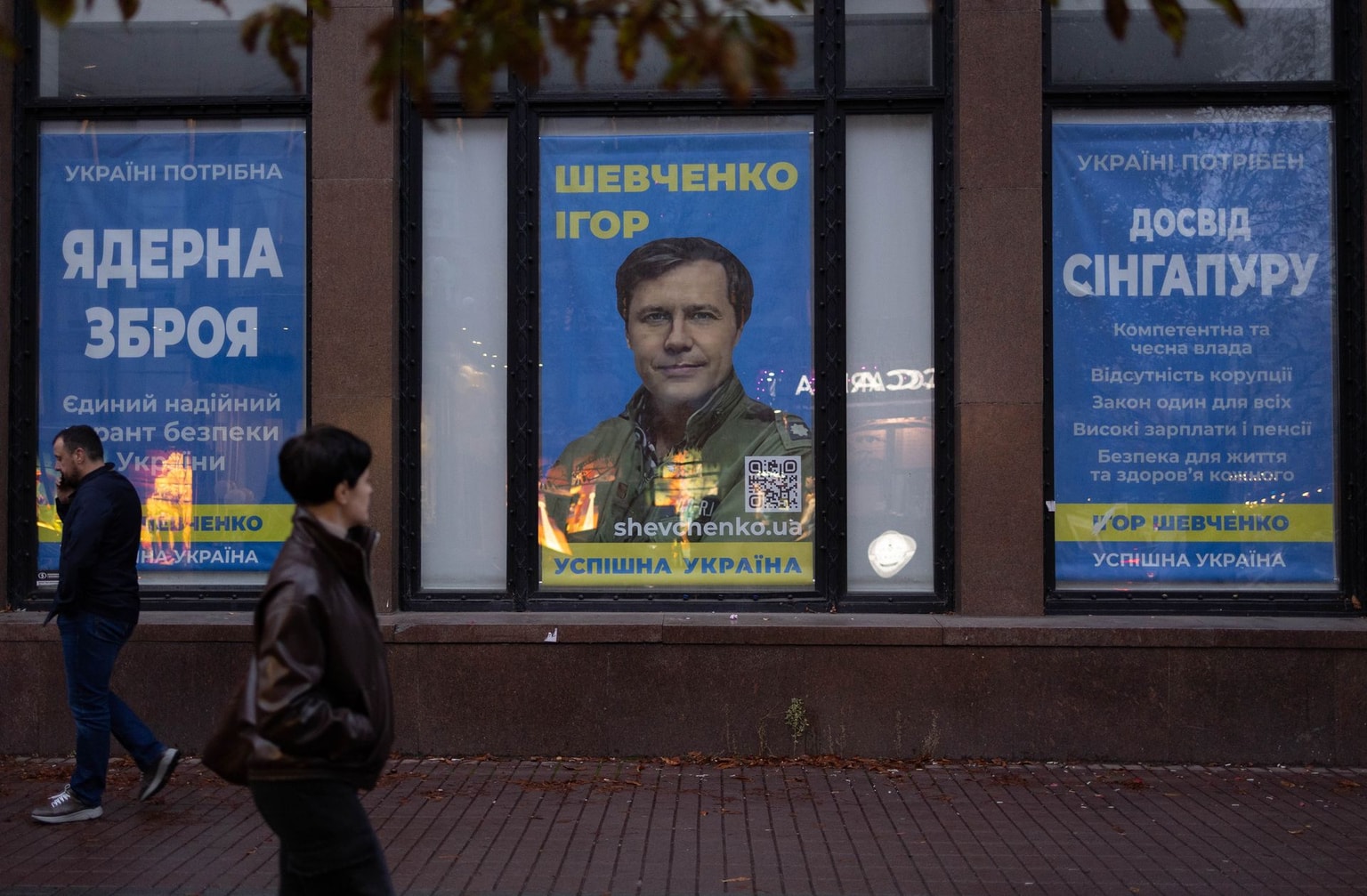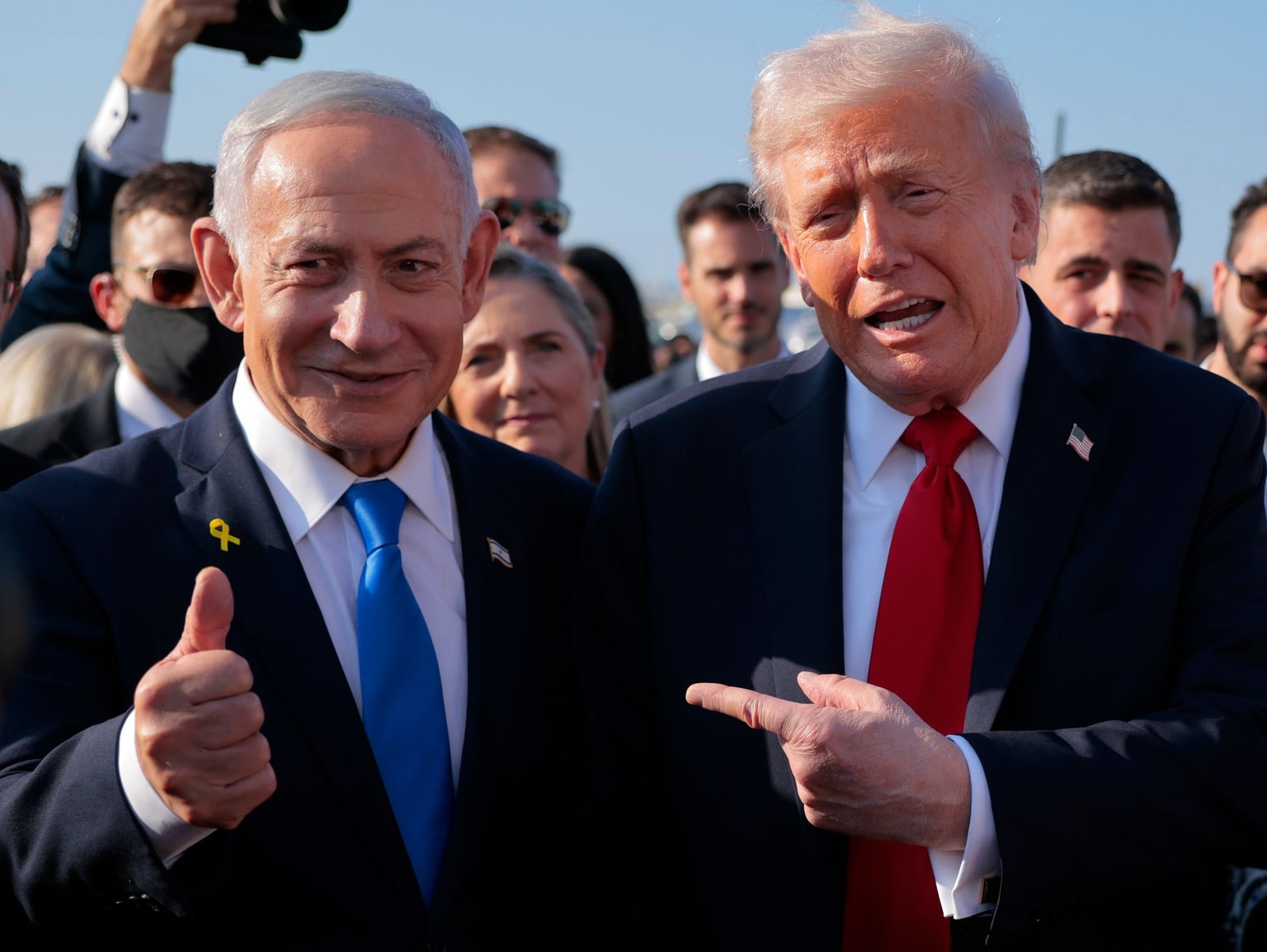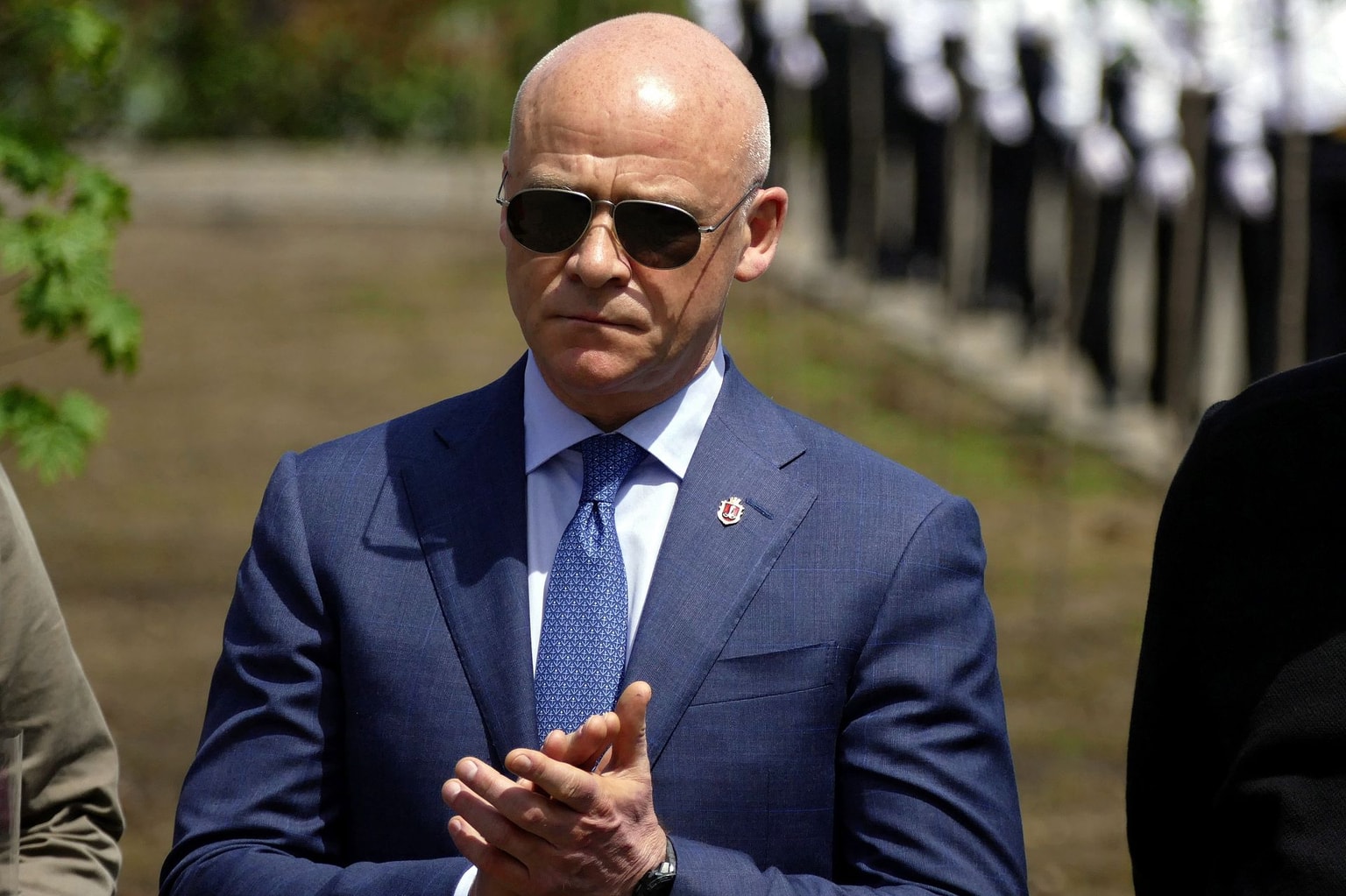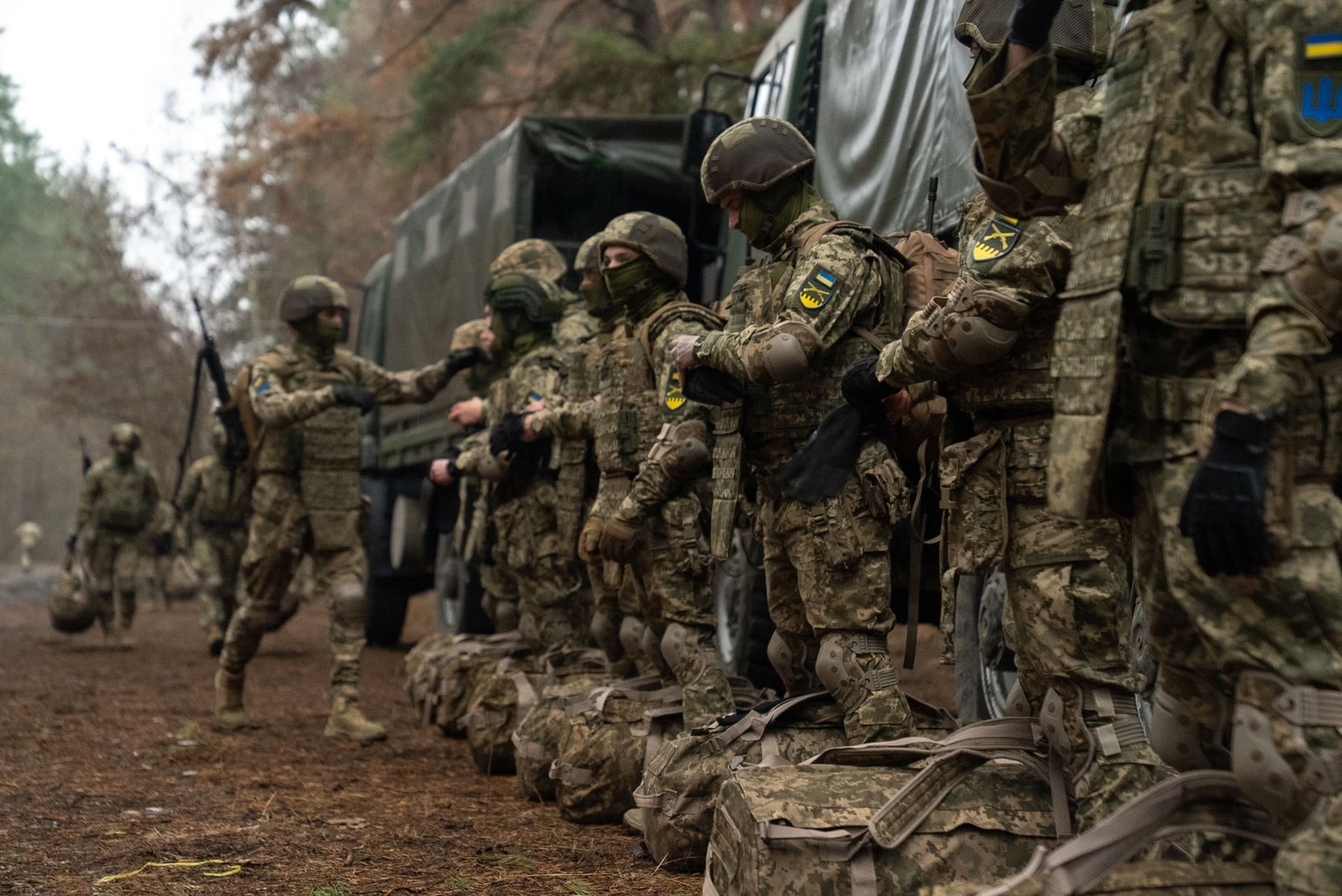Zelensky arrives in Washington ahead of talks with Trump
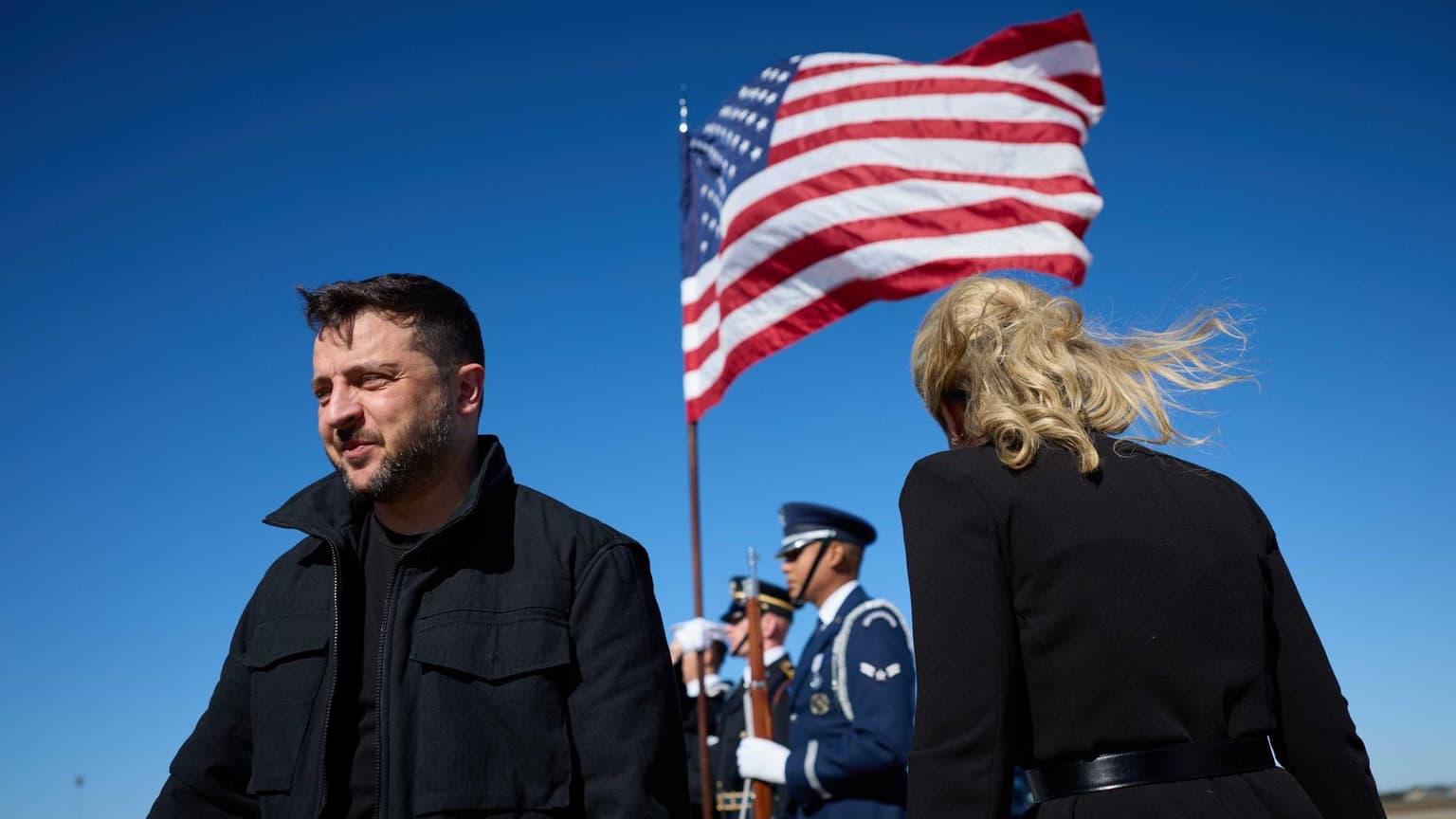
Editor's note: This story has been updated to include additional details.
President Volodymyr Zelensky arrived in Washington on Oct. 16 ahead of talks with U.S. President Donald Trump scheduled for the following day.
Zelensky, who announced his arrival on social media, is expected to press Trump for the transfer of Tomahawk long-range missiles to Ukraine. The U.S. president has previously floated the possibility of supplying Kyiv with the cruise missiles capable of striking targets at a range of up to 2,500 kilometers (1,600 miles).
The planned summit, which is said to take place at the invitation of Washington, will be the sixth meeting between Trump and Zelensky since the U.S. president returned to office in January. The leaders previously met in New York during the U.N. General Assembly on Sept. 23.
Zelensky and Trump are scheduled to meet at 1:00 p.m. local time. They are expected to have a bilateral lunch lasting around an hour, after which the U.S. president will depart for Florida.
"We expect that the momentum used to curb terror and war in the Middle East will help bring an end to Russia’s war against Ukraine," Zelensky wrote on social media, adding that Kyiv is "already seeing that Moscow is eager to resume dialogue, just hearing about the 'Tomahawks.'"
The following day, the president held talks with representatives of the leading U.S. arms manufacturers, including Lockheed Martin — the producer of F-16 fighter jets — and Raytheon, which manufactures Patriot air defenses.
"Russia is carrying out increasingly brutal strikes against Ukraine ahead of winter, and our air defenses need to be reinforced right now," Zelensky said.
I had a meeting with representatives of the defense company Lockheed Martin.
— Volodymyr Zelenskyy / Володимир Зеленський (@ZelenskyyUa) October 17, 2025
We discussed our prospects for cooperation and ways to strengthen Ukraine’s protection against Russian aggression.
I outlined Ukraine’s specific needs for air defense systems and their compatible… pic.twitter.com/NaGCPJjSot
Zelensky also met U.S. Energy Secretary Chris Wright to discuss Russian strikes on Ukraine's power grid and partnership in the energy sector, and held talks with representatives of U.S. energy companies.
The visit follows a two-and-a-half phone call between Trump and Russian President Vladimir Putin on Oct. 16, in which both leaders agreed to hold a high-level U.S.-Russia meeting next week in Budapest.
Russia struck Ukraine with dozens of drones mere hours after the phone call. Ukraine's Air Force reported intercepting 35 out of the 70 Russian drones launched overnight, while 31 unmanned aircraft hit 10 locations.
In a press briefing following the call, Putin’s foreign policy aide, Yuri Ushakov, said that the Russian president directly raised the matter of providing Ukraine with Tomahawk missiles.
"Vladimir Putin reiterated his point that Tomahawks would not change the situation on the battlefield but would cause significant harm to relations between our countries, not to mention the prospects for peaceful settlement," Ushakov said, reiterating Putin's opposition to the potential weapons transfers.
Trump said on Oct. 15 that Ukraine wants to "go offensive" in the war against Russia and that he will decide whether to approve such a strategy after meeting with Zelensky in Washington on Oct. 17.
Since the August Alaska summit between Trump and Putin, no tangible progress has been made toward peace.
White House Press Secretary Karoline Leavitt told reporters following Trump's call with Putin that the U.S. president believes a meeting between Putin and Zelensky was "possible," adding that Trump "has not closed the door" on a potential meeting between leaders.
Zelensky previously rejected Putin's invitation to meet in Moscow, calling it impossible while Russia bombs Ukraine, but repeatedly said he is ready to meet the Russian leader on neutral ground.
The U.S. president has recently intensified his criticism of Russia, saying in September that Ukraine could win the war and regain all Russian-occupied territories lost since the invasion.
